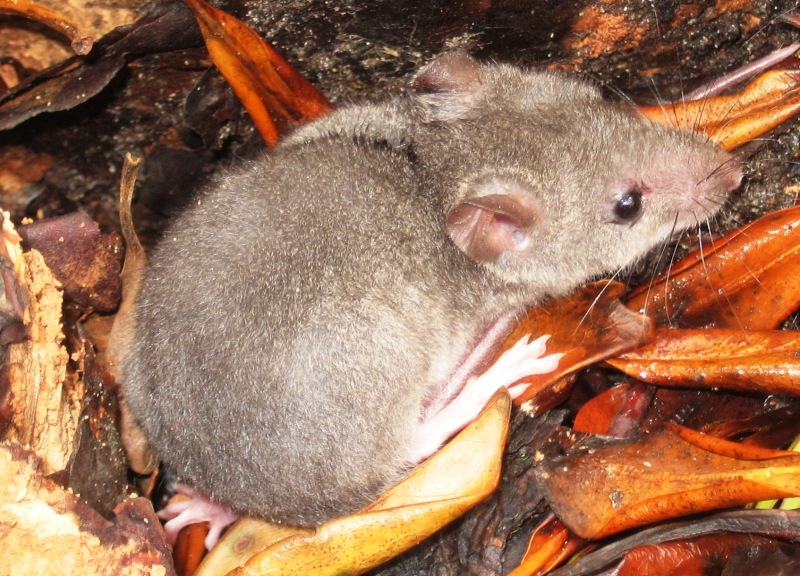Colours
Distinguishing features
They have markedly long, flattened heads with small eyes and short, rounded ears. They possess just two molars on each side of the upper and lower jaw. Their upper incisors are yellow or orange and the lower incisors are white.
The body fur is water-resistant and dark gray, which gradually blends into the white underside. The hands and feet are covered with fine, white hairs. Their feet are not webbed like other water rats (Hydromys chrysogaster), which gives it their common name "false" water rat. The tail is sparsely haired and lacks the white-tip found in the more common water rat.(Wikipedia)
Size
- Up to 10 cm (Head and body length)
- Up to 10 cm (Tail length)
Weight
- Up to 0.05 kg
Synonyms
Distribution
Distribution and habitat preferences
It can be found in Australia and Papua New Guinea. It has been found in the central and southern parts of Queensland, North Stradbroke Island off the coast of Southeast Queensland, Melville Island, and southwest Western Province, Papua New Guinea.
They primarily live in mangrove communities and shallow areas surrounding lagoons, swamps, and lakes.
Their nests are made at the base of mangrove trees and are very similar to termite mounds. They are made of leaves, mud, and may be as high as 60 centimetres. (Wikipedia)
Chronotypes
Behaviour
It builds mud nests behind mangroves.
Diet
THey appear to depend on mangrove and intertidal salt marsh habitats for food. Their diet consists of invertebrates such as crabs, small mud lobsters, marine shellfish, snails and worms. (Wikipedia)
